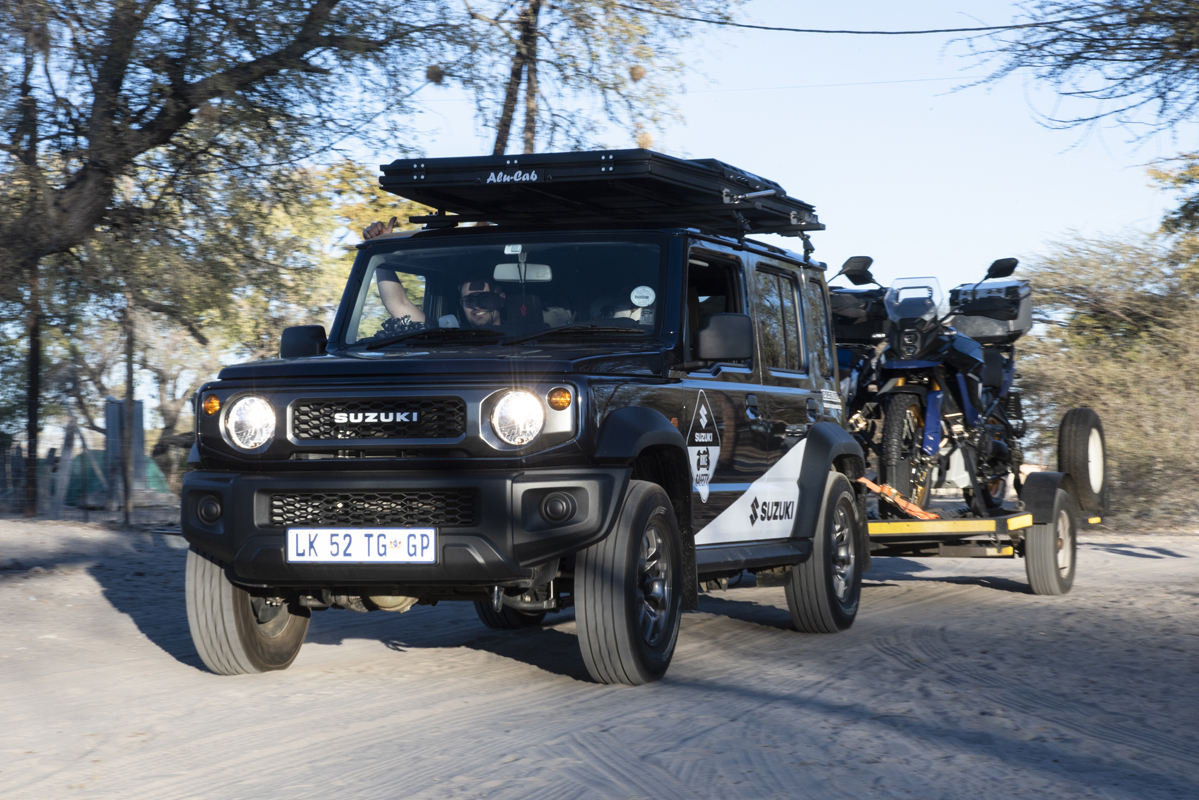
We’ve been the proud custodians of Alu-Cab’s LT-50 clamshell rooftop tent for the last year, and in that year of living and going on adventures with it, we’ve been both blown away by the South African-made tent and have also grown very fond of rooftop tenting. Now I don’t want to dive too deep into the history of the rooftop tent, but they’ve been around since the 1930s and went into mass production in the late 1950s. Thanks to a couple of small companies based in Italy the 1960s witnessed a rooftop camping boom in Europe, the rest is history as they say.
Fast forward to the present day and thanks to the pioneers we have rooftop tents available in various sizes and configurations, catering to solo adventurers, families, and everyone in between. It doesn’t matter what part of the world you are in, your local adventure or 4×4 store will stock anything from sleek and aerodynamic designs to spacious and feature-packed models. These days rooftop tents offer a wide range of options to suit your camping styles and preferences.

Our preferences from the get-go weren’t simple: the tent had to be light-weight as the Jimny doesn’t have a massive loading capacity, easy to set up, has almost zero maintenance, and is water resistant and it also had to look sleek on the vehicle to cause as little drag as possible. Preferences aside our main consideration was the loading capacity of the Jimny, having done some online research, we discovered that a maximum roof load of 30-40 kg and a maximum of 60 kg is acceptable if fitting a rooftop tent.
The brand that met every preference we had and more was a local Cape Town-based company that has been making waves in the adventure market for nearly 24 years and now exports to over 73 countries and counting—and is still proudly South African at heart. We are of course talking about Alu-Cab and their LT-50 rooftop tent.
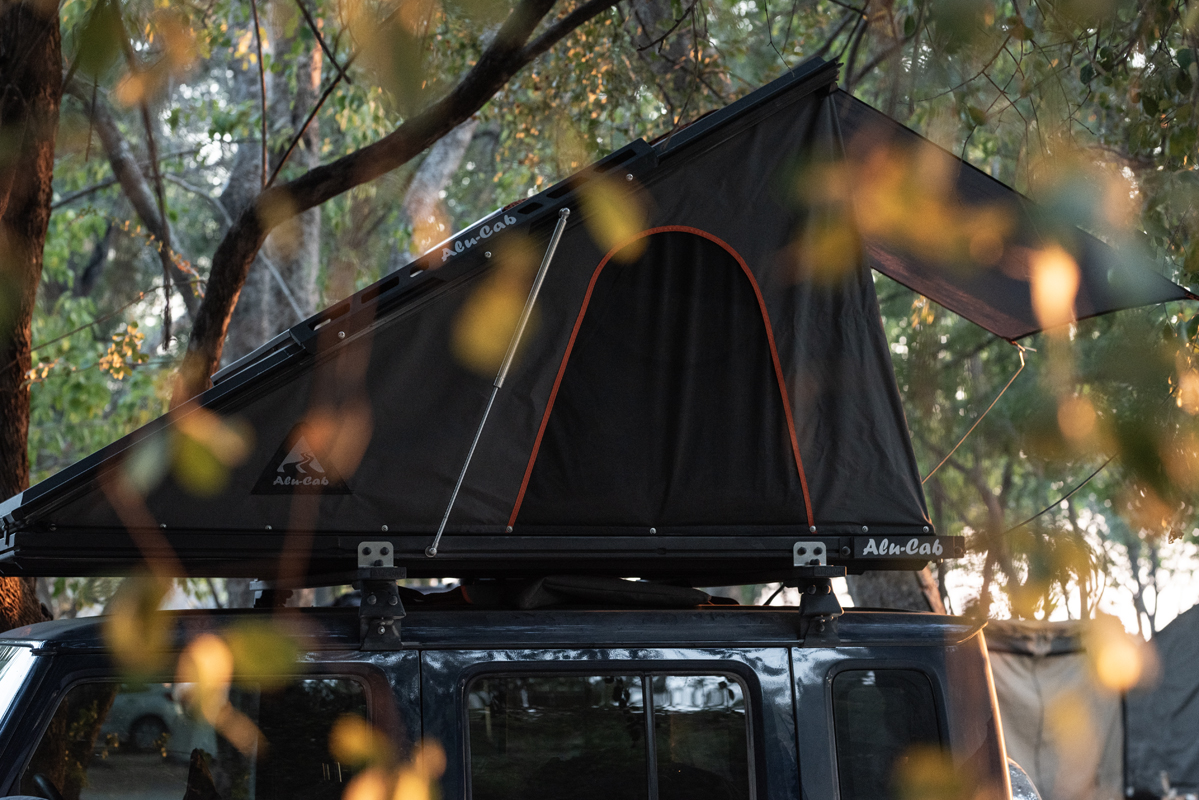
Well, it’s in the name! The LT-50 weighs 50 kg (including mattress) and sits right in the middle of the allowed roof load of 40 kg and acceptable rooftop tent max load of 60 kg. A feather in the LT-50’s cap is that, it weighs less than the max load and, therefore, Alu-Cab has a few extras that fit the clamshell. A few that stood out to us are the roof molle plates which can allow for extra storage space for fuel cans or a solar panel and the nifty roof table slide which keeps everything tidy. Currently, the LT-50 is offered in two packages, one being the ‘Weekender’ and the other being the ‘Adventurer’ package.
Over the last years’ worth of gatherings, weekends away and cross-border trips, we’ve never used the LT-50 for more than a two or three-night stay. Luckily for Meredith and myself, we recently finished an 8-day and 7-night overlanding trip through Botswana and got to finally put the LT-50 to a longer-term test.
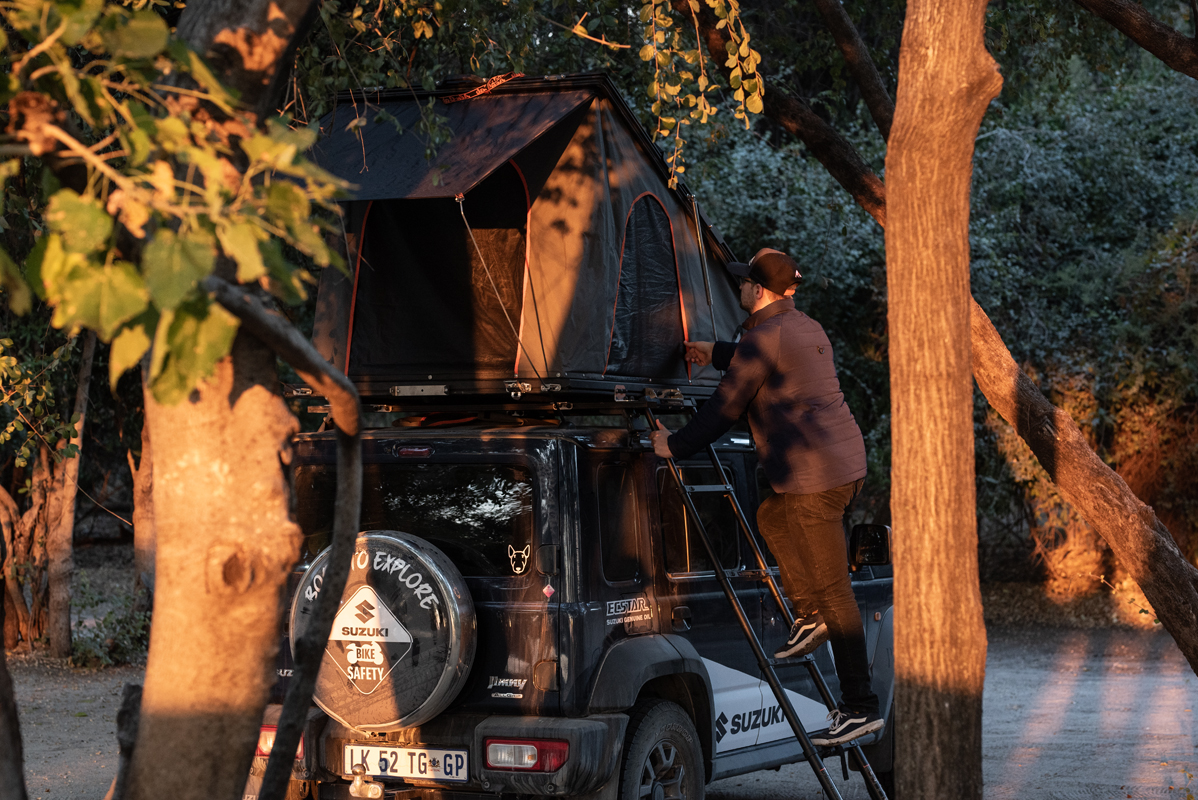
Fuel consumption is always a conversation that’s had amongst overlanders and Jimny faithful, so what did we manage? Well on our recent trip in a 5-door manual, fully loaded, and travelling at a constant speed of 100 km/h, with a double motorcycle trailer and the LT-50 on the roof, we managed to hit 11L /100 km (this would ‘obviously’ have been less if we didn’t have the trailer loaded with bikes).

We drove on a few dirt roads on our trip, orange compacted sand, salt pans dust and fech fech sand which is a killer for air filters and ‘definitely’ anything that can’t seal fully. Every night after driving 10 hours plus on the road, we opened the LT-50 to Meredith’s surprise of zero dust build up inside the tent. The rubber seals that the aluminium clamps push down on, lock the tent as if it’s vacuum packed. Not even the insides of the seals saw any dust, Meredith and I were laughing about this because the insides of our Jimnys were packed full of dust, but no, not the LT-50 that was even more so exposed. It just goes to show how well-engineered it is.
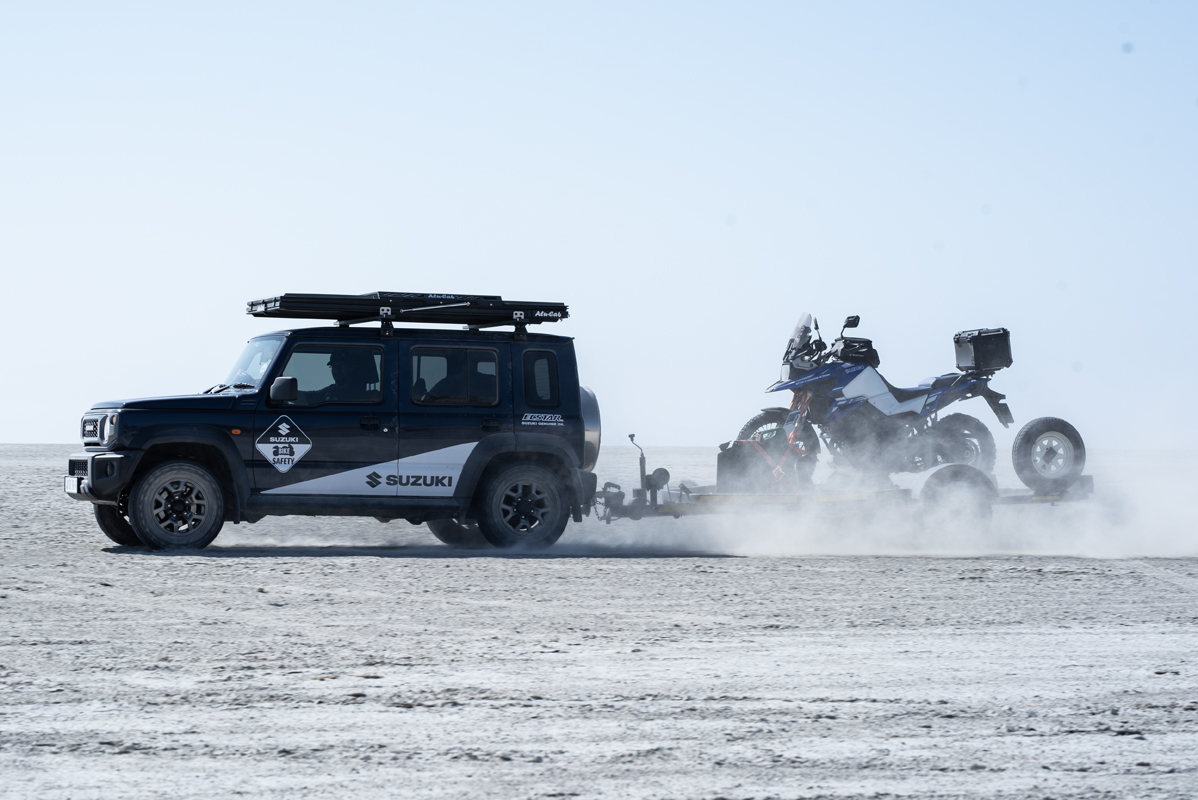
Convenience on a long trip is a luxury and the “LT” was exactly that. Well, the rest of our mates were dusting off tents and dragging themselves to assemble their temporary textile homes for the evening, we just unlatched two clamps and two seconds later the gas struts did their job and we were planning dinner next. The mattress is permanently in the tent and depending on how good you are at tucking and folding your bedding, you can get away with leaving it all prepped in the tent for the next evening.
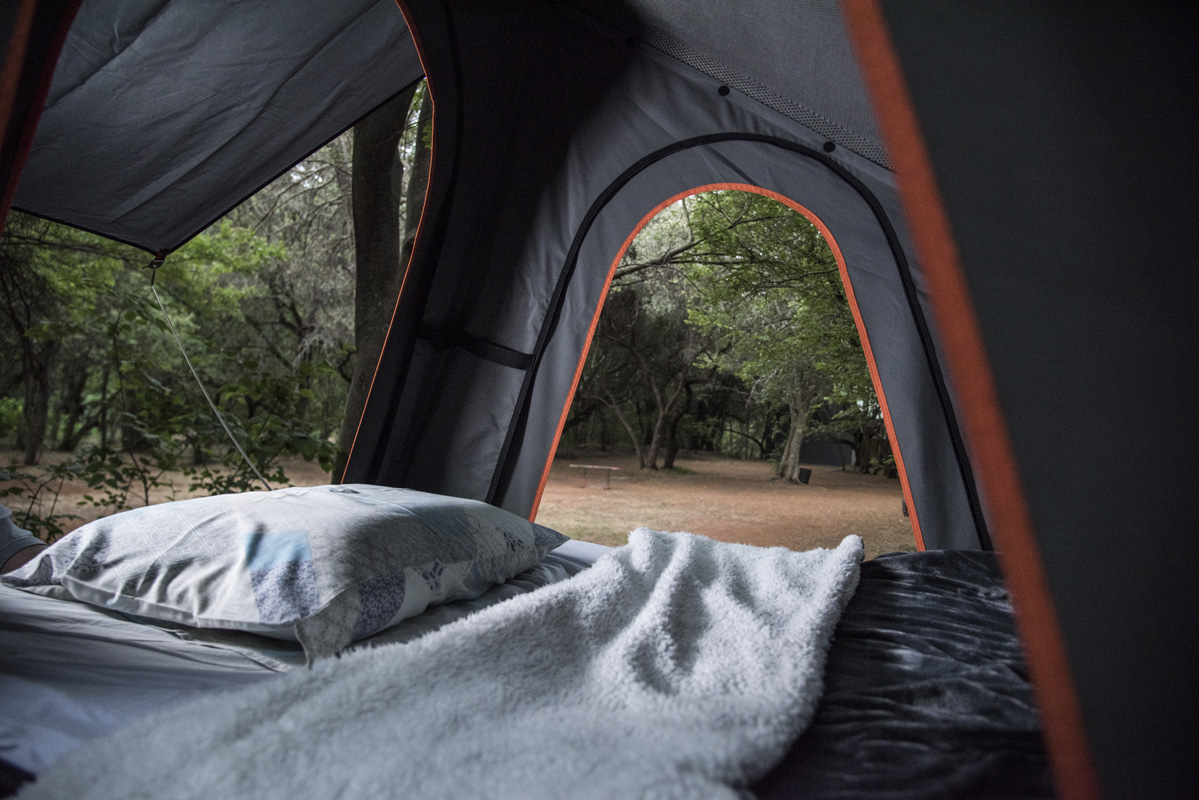
Depending on the weather or humidity you can zip the tent flaps and mesh to your desired breeze and if you are someone who needs full blackouts to fall asleep, then zip the flaps right up and you’ll pass out in minutes. I recommend leaving a flap or two open on those hotter nights to avoid a humidity build-up on the sides of the tent, if it does happen the clamshell itself isn’t affected, so no moisture will end up on you or your bedding.
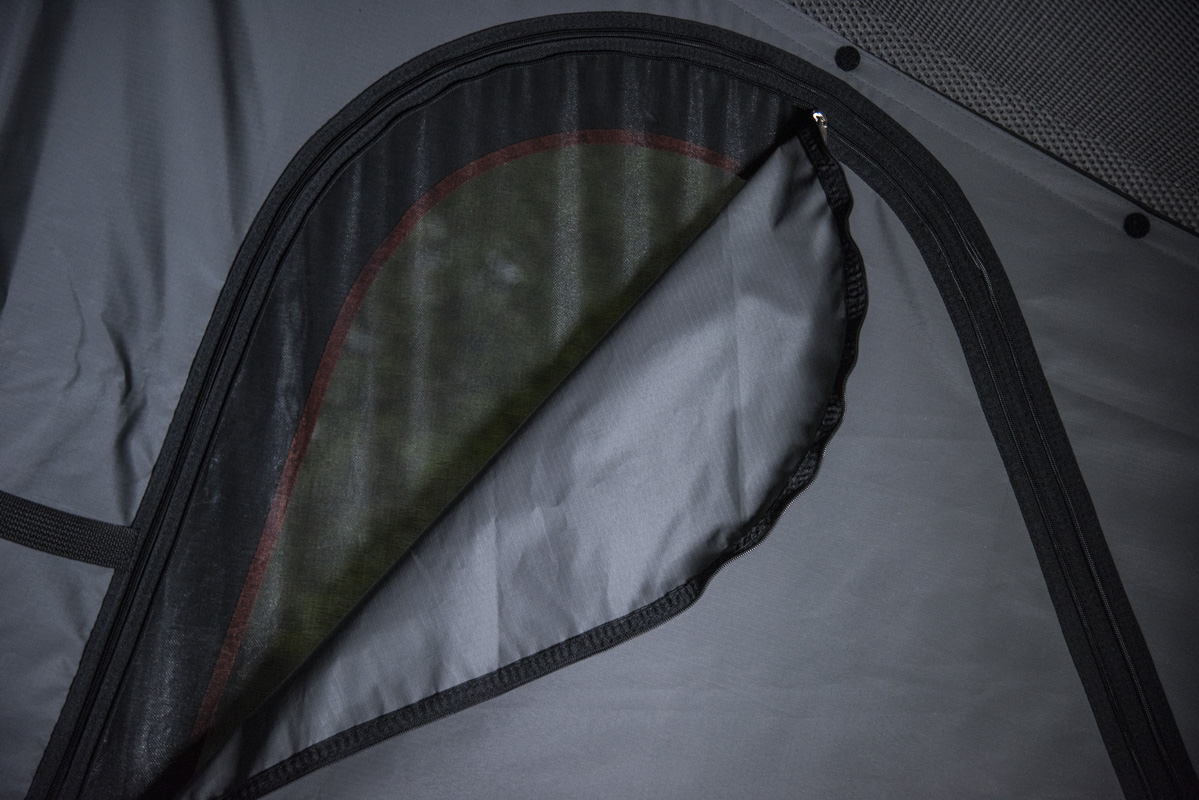
Breakdown is almost as easy as setup, all you need to do is pull on the extended rope handle, tuck the tent flaps in away from the seals and then close it and lock it—it doesn’t get much easier than that.
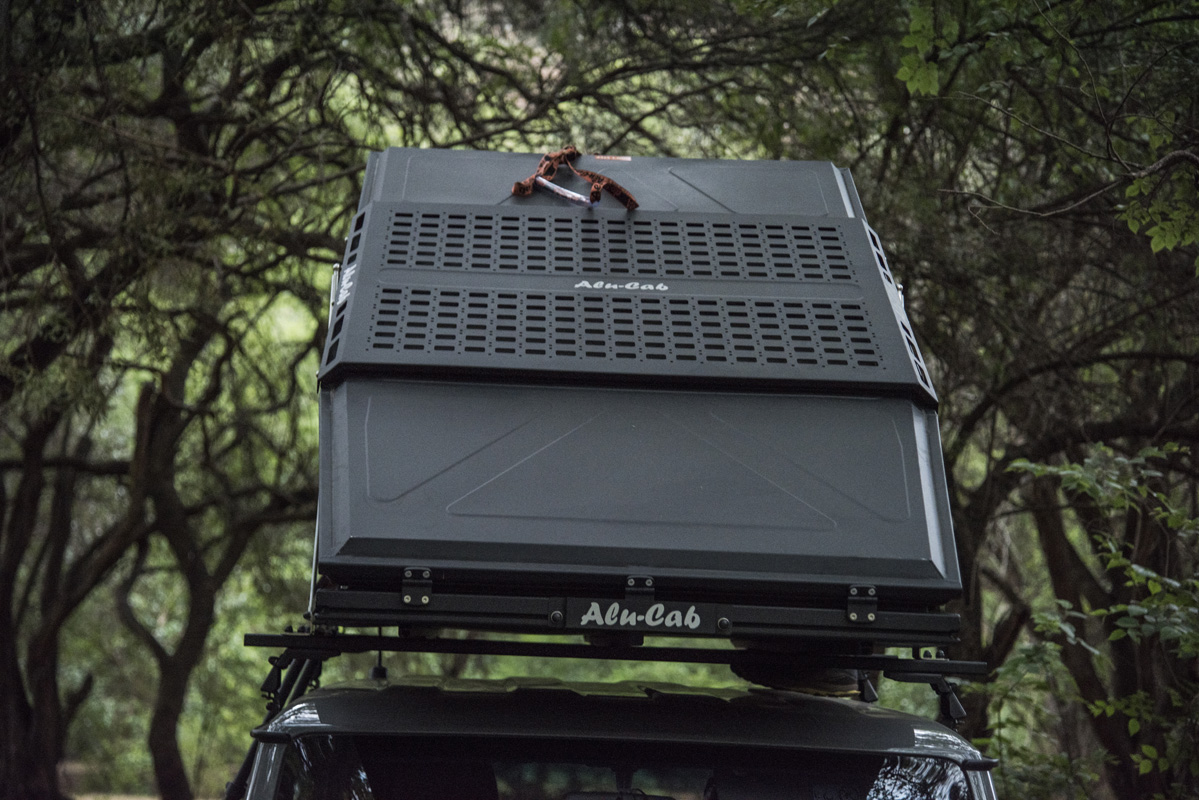
Comfort is also a novelty when camping, luckily for myself and Meredith, we both like a medium to hard bed and the foam insert met our desired expectations. If you are a taller human, around 175 cm plus, the length of this clamshell design may irritate you as your feet feel like they don’t have much room to move vertically when you are stretched out. Other than that small complaint from me, the LT-50 felt like a home away from home, which when on a long haul makes shooting ZZZs so much easier.
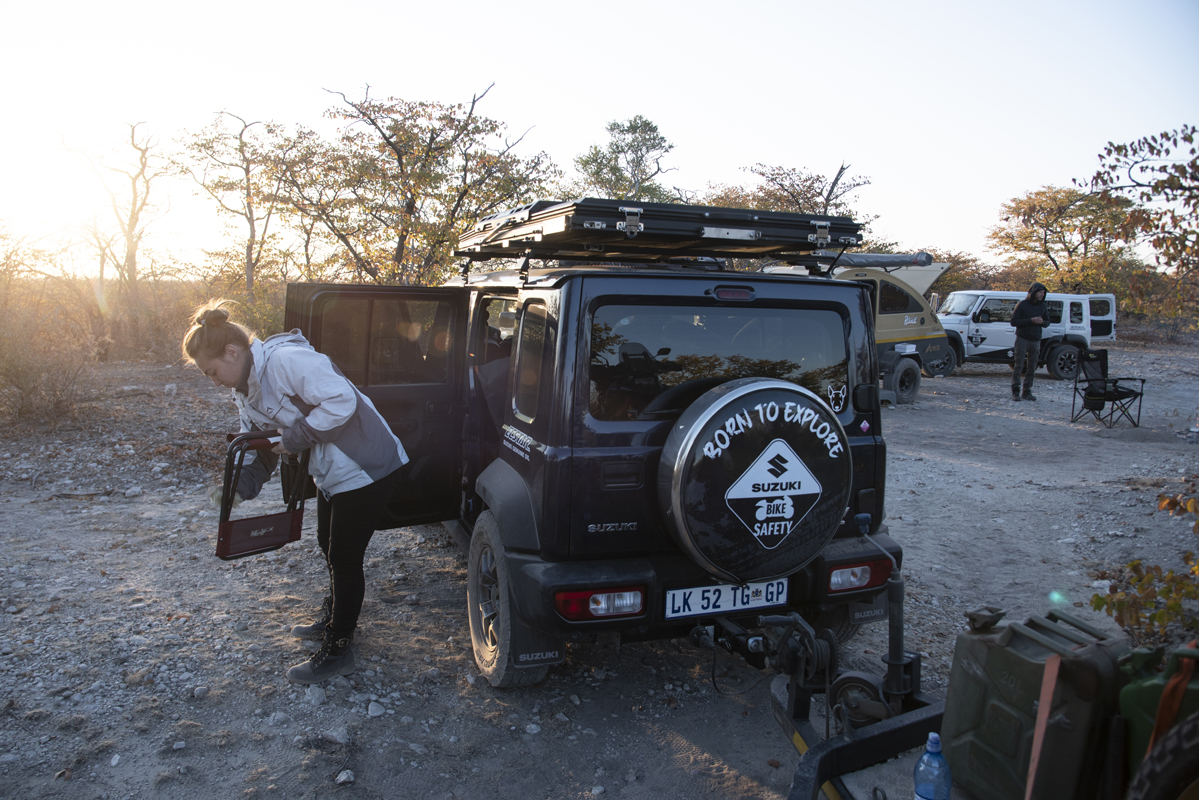
So, if you are in the market for a lightweight rooftop tent that’s sleek, convenient and doesn’t weigh your vehicle down, then give the LT-50 a look on Alu-Cab’s website.




